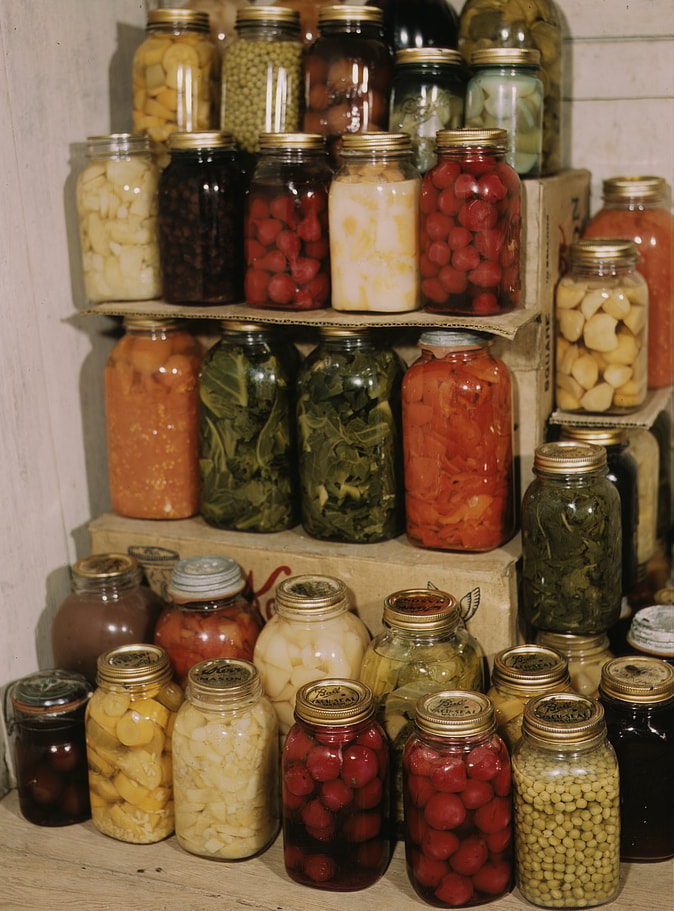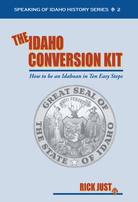I continue to be amazed at the way this country pulled together during the Great Depression. Much of that came about through the efforts of the Works Projects Administration (WPA). The WPA programs started in 1935 and went into the war years, ending in 1943. Many of the projects were on a large scale such as the building of roads and parks. I recently ran across a program that was new to me.
The Canning Program was instituted to feed needy school children and persons in public institutions. Much of the produce came from the related Gardening Program.
Children signed up for “Rustler Clubs,” going out in groups to pick surplus fruits and vegetables.
Idaho had one of the larger canning projects. In July, 1936, production in Idaho reached 18,672 cans of vegetables, fruits, jellies, jams, and soups. During its lifetime, the program canned 85,000,000 quarts of food nationwide.
As the war came along the focus of the Boise canning program changed. It became a community canning service for families who wanted to preserve food so they could save their ration stamps. Operating out of the Ada County Fairgrounds, the Boise-Meridian cannery assisted women in putting up their own produce.
A 1945 Statesman article listed asparagus, peas, Swiss chard, carrots and peas in combination, chicken, and pork and beans as food being canned under expert supervision.
The Canning Program was instituted to feed needy school children and persons in public institutions. Much of the produce came from the related Gardening Program.
Children signed up for “Rustler Clubs,” going out in groups to pick surplus fruits and vegetables.
Idaho had one of the larger canning projects. In July, 1936, production in Idaho reached 18,672 cans of vegetables, fruits, jellies, jams, and soups. During its lifetime, the program canned 85,000,000 quarts of food nationwide.
As the war came along the focus of the Boise canning program changed. It became a community canning service for families who wanted to preserve food so they could save their ration stamps. Operating out of the Ada County Fairgrounds, the Boise-Meridian cannery assisted women in putting up their own produce.
A 1945 Statesman article listed asparagus, peas, Swiss chard, carrots and peas in combination, chicken, and pork and beans as food being canned under expert supervision.





 RSS Feed
RSS Feed